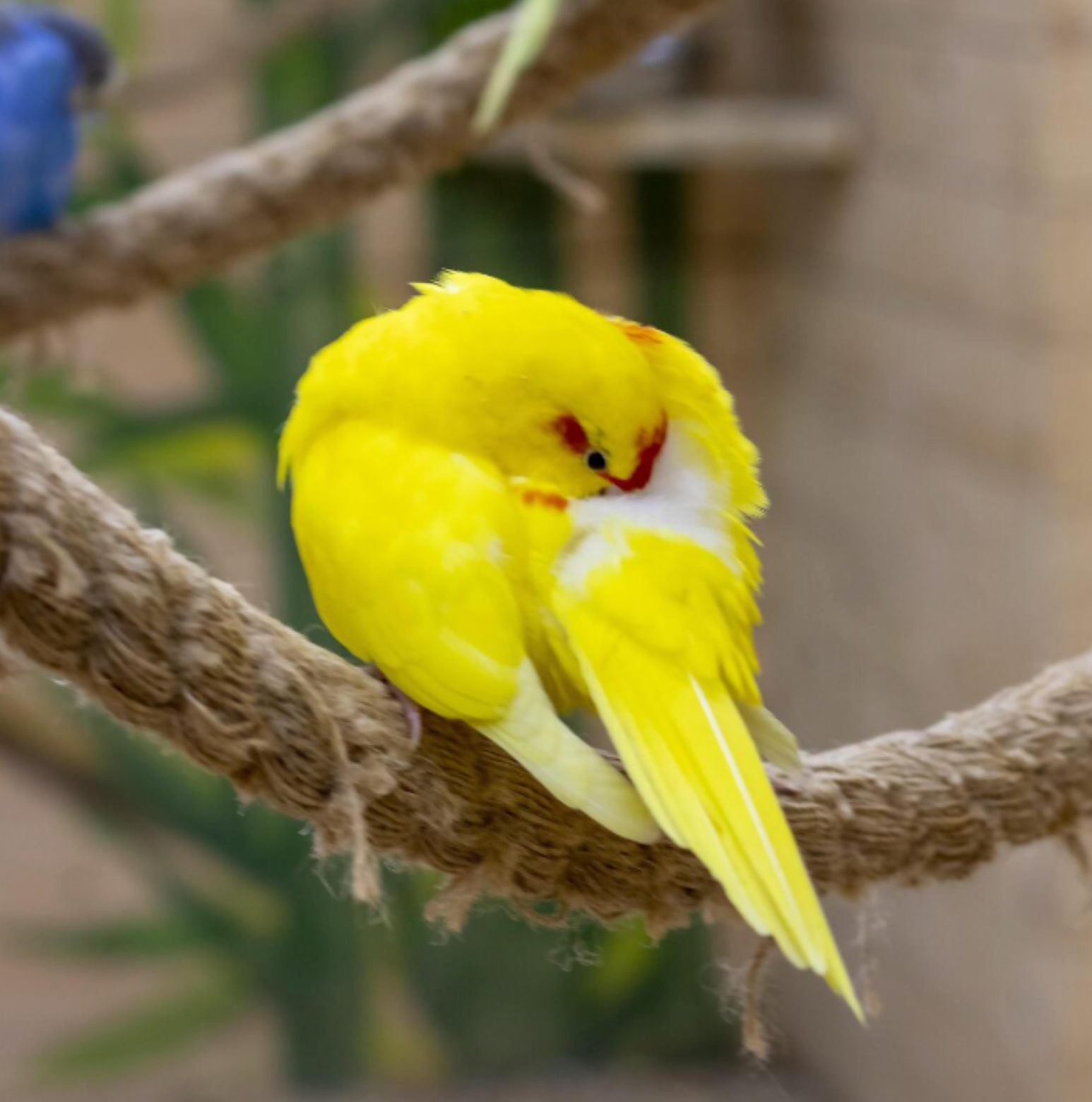UNDERSTANDING BIRD STRESS SIGNALS

UNDERSTANDING BIRD STRESS SIGNALS
SUMMARY
Recognizing stress in birds is essential for ensuring their emotional and physical well-being. This guide helps you identify common stress signals, understand their causes, and implement strategies to create a calm, comfortable, and supportive environment for your feathered companion.
FEATURES
- Common Signs of Stress in Birds: Recognize physical and behavioral stress indicators.
- Causes of Bird Stress: Identify environmental, social, and health-related triggers.
- Body Language Cues: Learn how posture, feather position, and movements signal stress.
- Vocalization Changes: Understand how changes in singing, squawking, or silence indicate distress.
- Environmental Factors: Adjust surroundings to reduce noise, light, and temperature-related stress.
- Social Stressors: Recognize the effects of isolation, overcrowding, or aggressive flock mates.
- Health-Related Stress Signs: Detect illness-related stress early for prompt care.
- How to Calm a Stressed Bird: Use environmental adjustments, enrichment, and positive reinforcement to reduce anxiety.
DESCRIPTION
Birds are highly sensitive to changes in their environment, and stress can significantly affect their health and behavior. Understanding the signs of stress and addressing its causes early is key to maintaining your bird’s physical and emotional well-being.
Common signs of stress in birds can manifest through changes in behavior, posture, and physical condition. Common indicators include feather plucking, pacing, loss of appetite, lethargy, aggression, and sudden changes in vocalization patterns. Some birds may become unusually quiet, while others might squawk excessively or show signs of fear when approached.
Causes of bird stress often stem from environmental, social, or health-related factors. Loud noises, sudden changes in routine, overcrowded living conditions, or inadequate stimulation can all contribute to anxiety. Additionally, poor diet, lack of interaction, or being left alone for extended periods can lead to emotional distress.
Body language cues provide valuable insight into your bird’s emotional state. Stressed birds may exhibit fluffed-up feathers, rapid head bobbing, trembling, or tail bobbing. Wing-drooping, excessive grooming, or avoidance behavior—such as hiding in the corner of their cage—are also signs of discomfort or anxiety.
Vocalization changes are another clear indicator of stress. A normally vocal bird that suddenly becomes quiet could be signaling fear or illness. On the other hand, loud squawking, screeching, or repetitive calls can indicate frustration, boredom, or overstimulation.
Environmental factors play a significant role in your bird’s comfort. Loud televisions, sudden noises, drafts, or changes in lighting can cause anxiety. Ensure that your bird’s cage is placed in a quiet, stable environment with natural lighting and consistent temperature. Adding visual barriers around the cage can also provide a sense of security.
Social stressors arise from isolation, overcrowding, or conflicts with other birds. Birds are naturally social creatures, and isolation can lead to loneliness and boredom. Conversely, housing birds that are incompatible in the same space can lead to territorial aggression and stress. Providing regular interaction and ensuring birds are housed with compatible companions can alleviate these issues.
Health-related stress signs can indicate underlying illness. If your bird appears lethargic, stops eating, or exhibits drastic changes in behavior, consult an avian veterinarian promptly. Stress can exacerbate health problems, so early detection and treatment are critical for your bird’s recovery.
How to calm a stressed bird involves adjusting their environment, providing mental stimulation, and fostering a sense of security. Offering foraging toys, maintaining a consistent routine, and speaking to your bird in a calm, soothing voice can help reduce anxiety. Providing a quiet space for rest and minimizing sudden changes also supports stress reduction.
By understanding and responding to your bird’s stress signals, you can create a peaceful, enriching environment that promotes emotional well-being and overall health. Recognizing stress early allows you to make necessary adjustments, ensuring your feathered companion remains happy, healthy, and comfortable in your care.
- sri palani

Comments 0